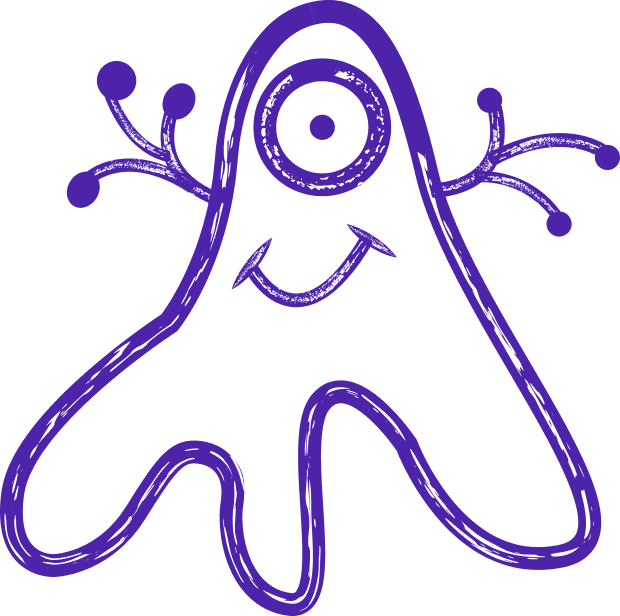
what is interpreter pattern
What is Interpreter Pattern
In essence, the Interpreter Pattern enables the creation of a domain-specific language (DSL) and provides a way to evaluate and execute statements or expressions written in that language. This pattern follows the principles of object-oriented programming and encapsulates the grammar rules and language semantics within a set of classes, making it easier to add new language features or modify existing ones without affecting the overall structure of the interpreter.
The Interpreter Pattern consists of several key components:
1. Abstract Expression: This component defines the interface for all the expressions in the language. It usually consists of an abstract method or methods that represent the interpretation of the expression.
2. Terminal Expression: These are concrete implementations of the Abstract Expression that represent the basic building blocks of the language. They perform the actual interpretation of the language elements and return the corresponding results.
3. Non-terminal Expression: These are also concrete implementations of the Abstract Expression, but they define complex language constructs that are composed of multiple expressions. They typically contain references to other expressions and delegate the interpretation to them.
4. Context: This component contains the information or state required for the interpretation of the language. It is usually passed to the expressions during the interpretation process and can be modified or accessed by them.
5. Client: The client is responsible for creating and configuring the interpreter, as well as initiating the interpretation process. It provides the input sentences or expressions to be interpreted and receives the results.
The Interpreter Pattern can be applied in various scenarios, such as parsing and evaluating mathematical expressions, defining query languages for databases, implementing rule-based systems, or even creating domain-specific languages for specific business domains.
By utilizing the Interpreter Pattern, developers can achieve a flexible and extensible solution for language interpretation. It allows for the separation of concerns between the language grammar and the interpretation logic, making it easier to maintain and evolve the interpreter over time. Additionally, this pattern promotes code reusability, as the expressions can be combined and reused in different contexts, enabling the creation of complex language constructs with minimal effort.
In conclusion, the Interpreter Pattern is a powerful tool for implementing language interpretation in software systems. It provides a structured approach to defining and executing languages, enabling developers to build expressive and customizable solutions. By leveraging the Interpreter Pattern, startups can effectively address language-related requirements and empower their applications with the ability to understand and execute specific languages, leading to enhanced functionality and improved user experiences.

Digital Transformation Strategy for Siemens Finance
Cloud-based platform for Siemens Financial Services in Poland
Kick-start your AI Digital Transformation strategy with experts.
We design tailored digital transformation strategies that address real business needs.
- AI Strategic Workshops
- Process & Systems Audit
- Implementation Roadmap
Let’s build your next digital product — faster, safer, smarter.
Book a free consultationWork with a team trusted by top-tier companies.








